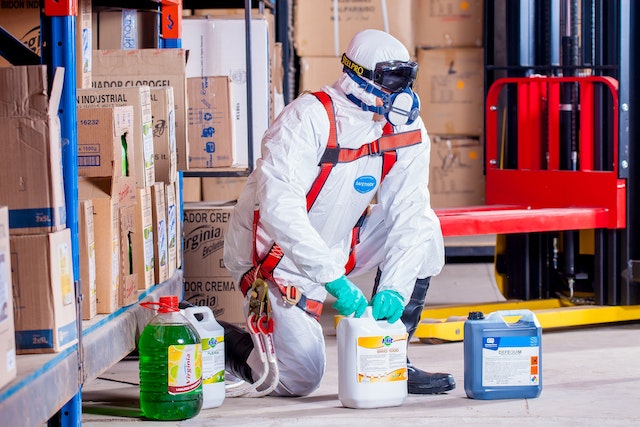27 Dec

Shipping Dangerous Goods / Hazardous Materials
Dangerous goods are hazardous materials or items that pose a risk to people, property, or the environment due to their chemical, physical, or biological properties. Examples of dangerous goods include explosives, flammable liquids and gases, corrosives, and toxic or infectious substances.
To ensure the safe transport of dangerous goods, governments and international organizations have established regulations and standards that must be followed when handling, packaging, labeling, and shipping these materials. These regulations typically cover topics such as:
- Classification: Different categories of dangerous goods are assigned specific hazard labels and placards to identify the type and level of risk they pose.
- Packaging: Dangerous goods must be packaged in approved containers that are designed to withstand the rigors of transport and prevent any leaks or spills.
- Labeling: Packages containing dangerous goods must be clearly labeled with the appropriate hazard labels, as well as other information such as the name and quantity of the material inside.
- Documentation: Shipping documents such as bills of lading or air waybills must accurately describe the dangerous goods being transported and include emergency response information.
- Training: Personnel involved in handling, packaging, or shipping dangerous goods must be trained in the appropriate procedures and protocols.
Shipping dangerous goods require special handling and regulations. Piyovi shipping software can help businesses ensure that they are following the appropriate regulations and procedures when shipping dangerous goods.
Here are a few steps for shipping dangerous goods using Piyovi shipping software:
-
Identify the dangerous goods: The first step in shipping dangerous goods is to identify the specific dangerous goods that you need to ship. This will help you determine the appropriate shipping regulations and procedures to follow. We can integrate with your ERP system to identify DG shipments.
-
Choose a carrier: Once you have identified the dangerous goods, you can use Piyovi shipping software to compare rates and transit times from multiple carriers and choose the one that best meets your needs. Make sure to select a carrier that is experienced in handling dangerous goods and has the necessary certifications and approvals.
-
Prepare the shipment: Piyovi can help you follow the appropriate regulations and procedures for packaging and labeling the dangerous goods. This may include printing the right format labels and instructions. We integrate with Labelmaster software. We support all regulations including IATA, 49CFR, IMDG, ADR, etc. We generate all necessary paperwork including Shippers Declaration, OP900, DG BOL, parcel compliant DG labels, etc.
-
Book the shipment: Book the shipment with the chosen carrier. Provide the necessary information about the dangerous goods, including the type and quantity, and any special handling instructions.
-
Track the shipment: Track the shipment and monitor its progress until delivery to destination including POD.
Let us setup a meeting to understand your requirements and processes & how we can completely automate your DG compliance.
Recent Posts
- How Tech innovations in TMS are changing businesses
that are dependent on supply chain and logistics - Importance of BOL in a LTL Shipment
- Does your TMS solution ensure Dangerous Goods compliance and shipping automation?
- Are incorrect addresses causing costly address correction fees & delayed deliveries?
- How to leverage spot quote process across multiple modes
Recent Comments
Recent Posts
- How Tech innovations in TMS are changing businesses
that are dependent on supply chain and logistics - Importance of BOL in a LTL Shipment
- Does your TMS solution ensure Dangerous Goods compliance and shipping automation?
- Are incorrect addresses causing costly address correction fees & delayed deliveries?
- How to leverage spot quote process across multiple modes
Recent Comments

We provide seamless solutions to Small, Medium and Large Businesses. Whatever you ship, we can help.
©Piyovi. All Rights Reserved